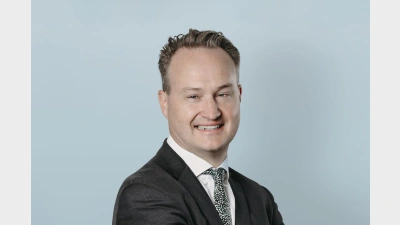Institutional investors have it wrong on alternatives


Institutional investors have misunderstood how best to use alternative assets in the wake of issues arising in the sector following the global financial crisis (GFC), according to Advance Asset Management.
“Institutions have got this space completely wrong,” according to Advance head of advance investment solutions Patrick Farrell.
Because they haven’t understood the full characteristics and risks of their assets they haven’t blended it well with their other asset classes, and now they’re moving back into more transparent assets, he said.
But then you start to lose the alternative characteristics you were trying to achieve in the first place, such as diversification of risk premia and returns, he said. Those institutions will be likely to change their portfolios in the space of 12 months, he added.
“They were taking on board a lot of equity risk premium into their portfolios but the transparency aspect probably masked that to some degree,” he said.
Many super funds were taking the alternative assets to the extreme then got caught by the liquidity crisis in the GFC, he said.
“You do need liquidity even as a super fund, if you want to change the way your portfolio is designed to some degree you need to have that liquidity piece in there somewhere.”
To appeal to wholesale investors who are interested in the benefits provided by alternative assets such as hedge funds but still concerned by the liquidity aspect Advance announced a new alternative strategies fund, to be launched in August.
The fund has been formed in partnership with US alternative manager and fund of hedge funds specialist Ramius Alternative Solutions, and is designed in particular to have a high underlying liquidity, Thompson said.
Ramius will assist Advance with manager selection and act as an extension of the Advance investment and operations team, with both sides to have the power of veto over manager selection, he said.
The fund is also designed to be highly transparent and will initially make public the underlying investments, he said. The solution will essentially be a core/satellite approach with as much as 45 per cent of the fund to be invested in cash solutions such as indices and exchange-traded funds, he added.
It will feature a 0.98 per cent flat fee with a 10 per cent annual performance fee, and is aimed at wholesale investors with a minimum investment of $50,000, he said.
Recommended for you
Economic growth was weaker than expected, once again highlighting an economy largely sustained by population growth and government spending.
In this latest edition, Anna Shelley, CIO at AMP, shares the fund’s approach to current market conditions and where it continues to uncover key opportunities.
The mega fund has announced a $2.2 billion investment in a leading data centre platform, bringing its global real assets portfolio to nearly $60 billion.
In this latest edition, Australian Retirement Trust’s head of global real assets Michael Weaver explains the fund’s approach to finding new opportunities as it surpasses $300 billion in funds under management.












